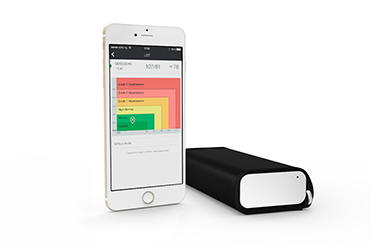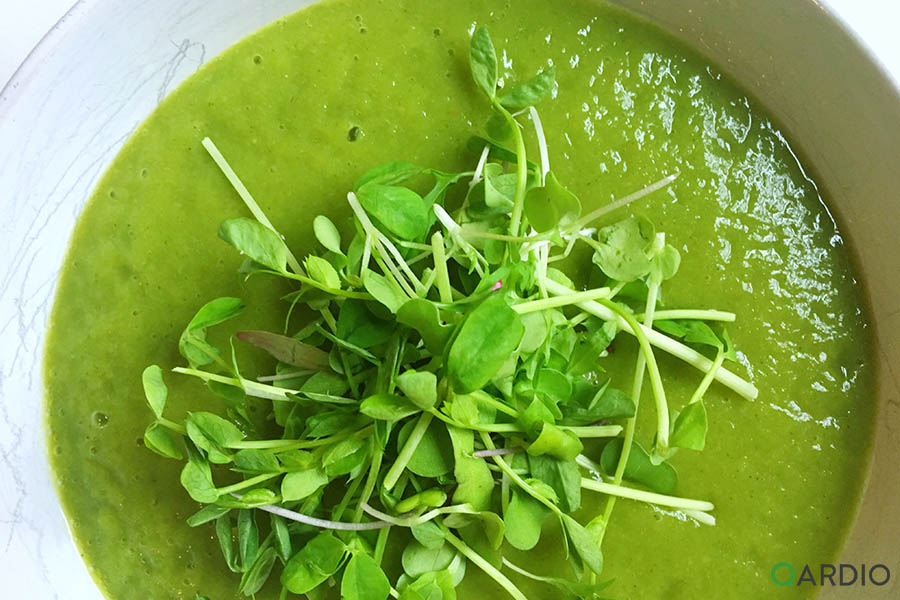Heart disease in women is the biggest killer in the United States. It causes over 35% of deaths in the US with approximately 42 million women affected. Plus, women have a 50% higher chance than men of receiving the wrong initial diagnosis following a heart attack.
BUT the good news is, we can do something about it. Knowing the risk factors and making lifestyle changes can help reduce your risk of heart disease. 80% of heart disease and stroke events may be prevented by lifestyle change and education.
Heart disease symptoms and risk factors
Heart disease does not always have obvious symptoms. However, one of the most well-known symptoms related to a heart attack or heart disease is chest pain. The other symptoms include:
– Sweating
– Indigestion
– Unusual fatigue
– Shortness of breath
– Pain in arms, both or just one
– Nausea or vomiting
– Dizziness or lightheadedness
– Jaw, neck, shoulder, upper back and/or abdominal discomfort
Risk factors
There are numerous factors that can increase a woman’s risk of developing heart disease. Knowing the risk factors can help you be proactive in looking after yourself and your heart.
Some of the main risk factors associated with heart disease and heart attack are:
– Stress and depression
– Diabetes
– Inactivity
– Smoking
– Pregnancy complications
– Menopause
– Inflammatory diseases
– Family history of heart disease
6 ways you can look after your heart
Eat healthily
Eating healthy means consuming a balanced diet with plenty of vegetables and fruits, fish, seeds, and nuts. It is also important that where possible you reduce your sugar, salt, and saturated fat intake.
Drink plenty of water
Water is crucial for the body to be able to regulate temperature, stay hydrated and perform functions well. It is recommended that adults drink at least 2 litres, or 8 cups of water every day.
Exercise
Inactivity is a risk factor for women developing heart disease – you can add exercise into your routine, as this is a great way to try and combat this risk. Exercise can help you strengthen your muscles, build up your stamina, positively impact cholesterol and blood pressure levels and help with mental wellbeing. Simple exercises such as walking or swimming are enough to create beneficial change for both your physical and mental health.
Reduce salt intake
Cut down your salt intake, this can help to reduce high blood pressure. When looking at food labels keep an eye out for disodium phosphate, sodium alginate, sodium benzoate, sodium caseinate, sodium sulfite, sodium hydroxide, sodium citrate or monosodium glutamate or MSG. They pretty much mean the same – salt. Avoiding salt in some pre-prepared foods can be difficult, however, you can start small by reducing the amount you add to your home-cooked meals.
Maintain healthy weight
Excess weight is a major risk factor for heart disease, diabetes, and stroke. Therefore, maintaining a healthy weight is key to looking after your heart health. Speak to your doctor, they will be able to help you find out the healthy weight range for your age, height and body type. Keep this healthy weight range in mind, this will enable you to take the right steps in both your exercise and food choices to either maintain a healthy weight or work towards achieving one.
Quit smoking and limit alcohol
Cigarette smoke can lead to heart disease, as it creates plaque build-up, that blocks the arteries. If you’re a smoker, then you’re more likely to suffer from a heart attack than a non-smoker. Similarly, a cut back on your alcohol consumption is another good step in helping to reduce your risk of heart disease, as high alcohol intake or binge drinking can weaken your heart.
Making small changes to your lifestyle can help to reduce your risk of heart-related diseases and keep your heart healthy for years to come. If you have any concerns speak to your doctor or a medical professional, who will be able to help address any problems. You can also keep an eye on your heart health at home through regular blood pressure monitoring with a BP machine such as QardioArm.
Written by guest author Lianna, she is a digital marketing junkie, who works on the social media marketing strategy and implementation for muchneeded.com.




